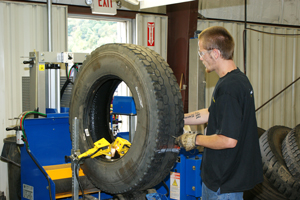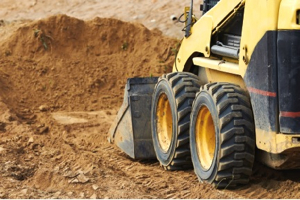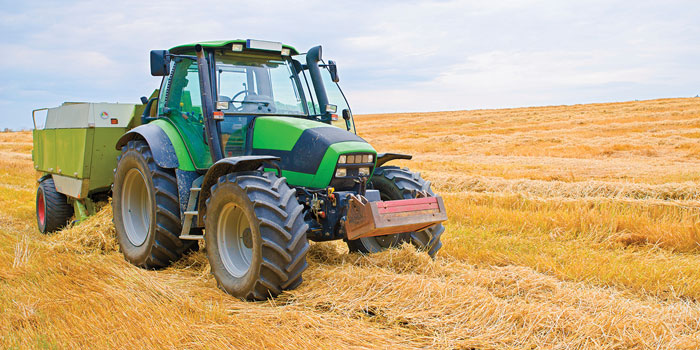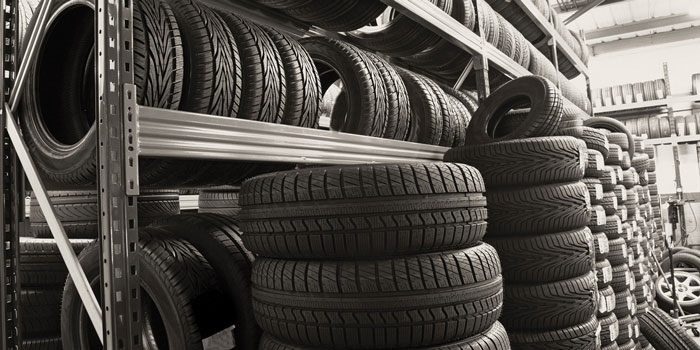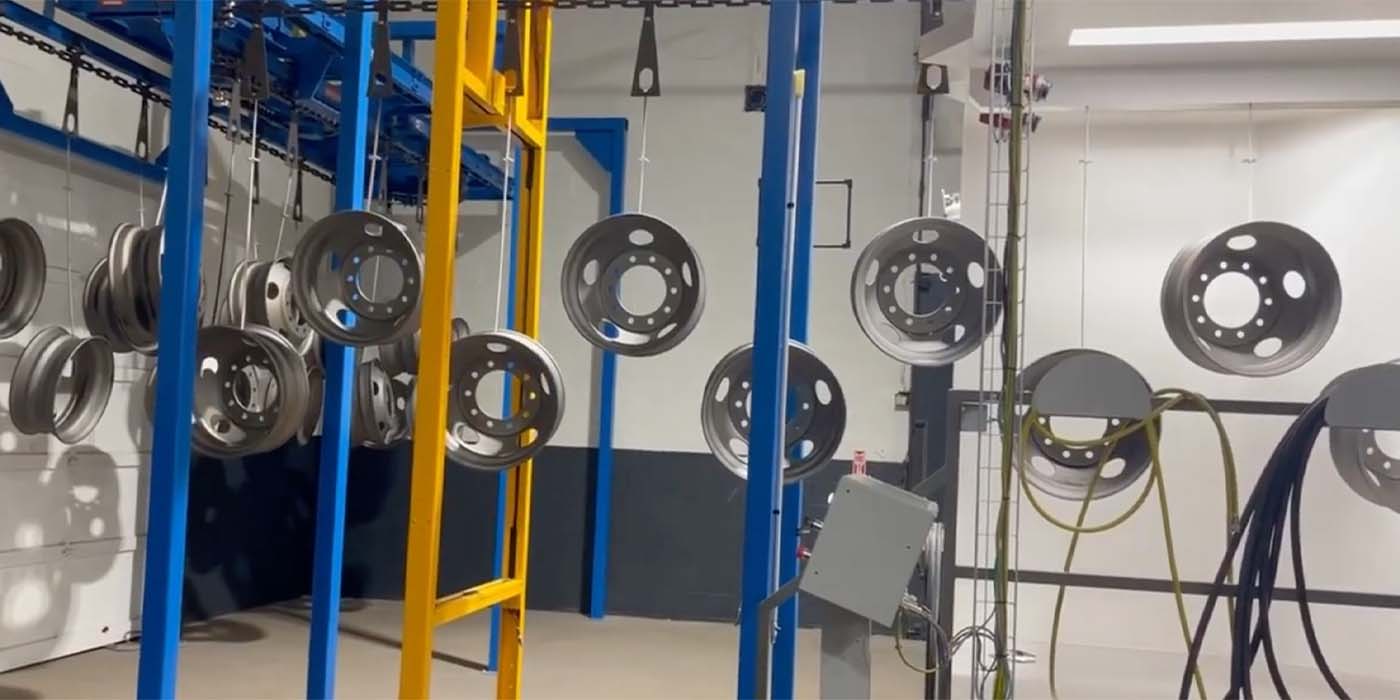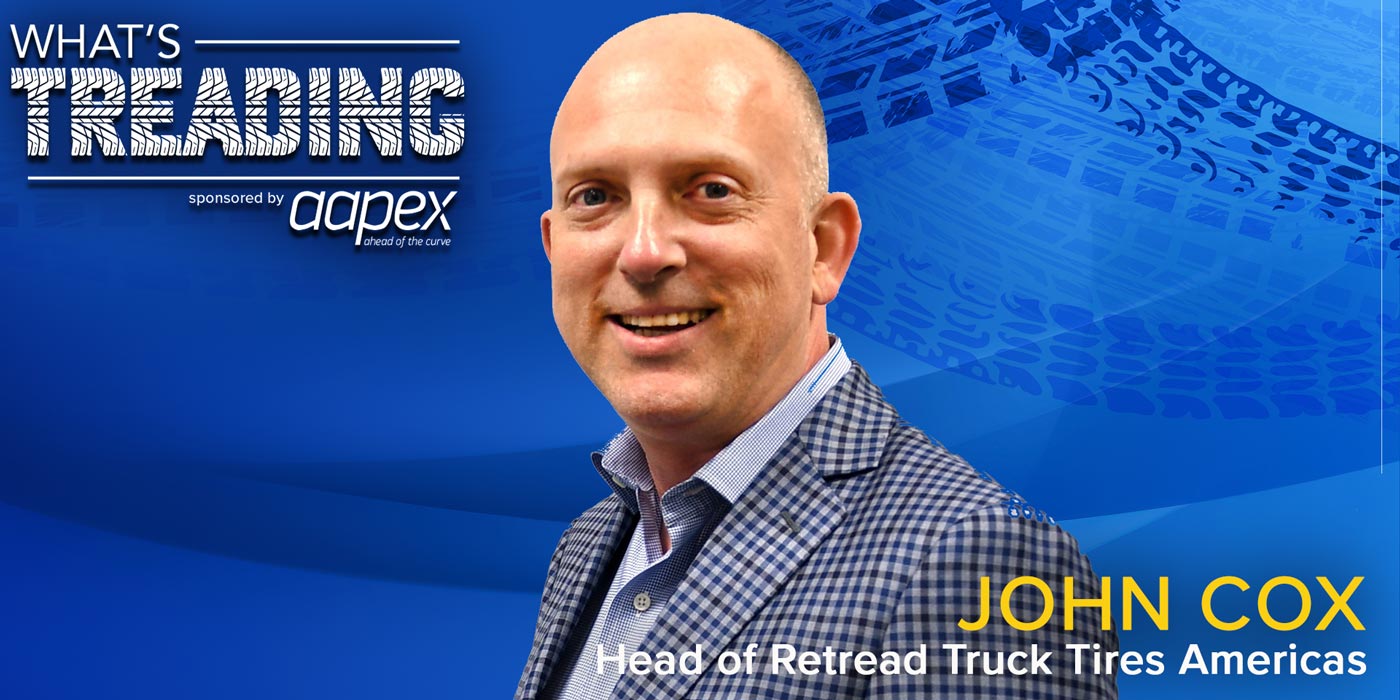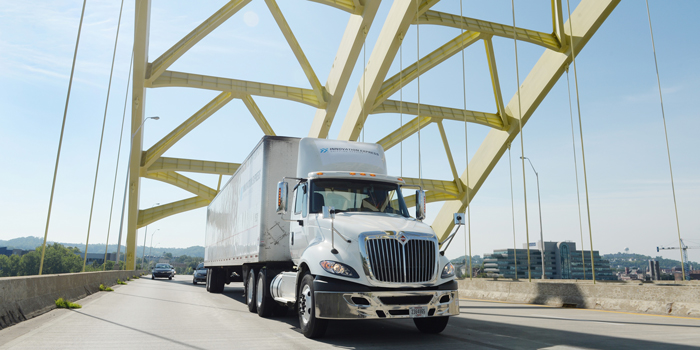
From increasingly stringent fuel efficiency regulations to the regionalization of fleets, a number of trends continue to impact the North American trucking industry. Let’s look at six of the top trends within the segment.
1. Tonnage increases
According to the most recent data available from the American Trucking Associations (ATA), the trucking industry hauled 9.96 billion tons of freight (2014), which is nearly 70% of total U.S. freight tonnage. Tonnage in May 2016 rose 5.7% over May 2015 levels, which was also a 2.7% increase from April 2016, according to the ATA’s advanced, seasonally adjusted For-Hire Truck Tonnage Index. Year to date, tonnage was up 4% (as of May 2016) overall.
2. Trucks on the Road
Currently there are nearly 3.5 million Class 8 trucks on the road in the United States. More than 80% of U.S. communities depend solely on trucking for the delivery of goods and commodities, according to ATA statistics.
3. Fuel Efficiency Regulations
Last summer, the U.S. Environmental Protection Agency and the National Highway Traffic Safety Administration introduced the second phase of federal plans to cut medium- and heavy-duty vehicle emissions, commonly referred to as GHG Phase II. Regulators believe that the proposed standard will slash carbon dioxide emissions and reduce oil consumption over time. If more stringent fuel regulations are here to stay, fleets could ask for more “super-fuel” tires that go beyond SmartWay verification.
4. Tractor/Trailer Build Growth
There was considerable growth in original equipment tractor and trailer build in North America (defined as U.S., Canada and Mexico) last year. Approximately 323,282 Class 8 tractors were produced in 2015 vs. 297,097 Class 8 tractors manufactured in 2014, according to ACT Research. However, that number is expected to drop to 235,982 units in 2016, according to most recent ACT projections. Meanwhile, the total 2015 North American trailer build equaled 338,308 units, an 18% increase over 2014 levels.
5. Driver Shortages
While the national unemployment rate appears to be on a downward year-over-year trajectory (dropping to less than 5% in May 2016 according to the U.S. Bureau of Labor Statistics), the trucking industry seems to be experiencing a shortage of drivers. In addition to that, the average age of truck drivers in the U.S. is now 55.
Who will replace these drivers as they “age out” of the work force? It’s a question that fleets and carriers continue to grapple with. To attract younger people to the trucking profession, some fleets are boosting wages. And to help compensate for these increased wages, fleet owners may depend on their tire suppliers and tire dealers to help lower their operating costs. This push could benefit dealers who take a “total solution” approach to operating cost reduction.
6. Regionalization of Fleets
Fleets are utilizing more ports of entry, using drop-and-hook to better manage driver hours-of-service. They are also taking advantage of intermodal – when and where it makes sense to operate more efficiently, all in an effort to try to lower their costs. As a result, we’re seeing a shift toward more regional service, with trucks traveling shorter distances.
Meanwhile, the needs of regional and urban delivery fleets are evolving, splitting more time between highway driving and city driving. Simultaneously, new urban vehicles have been introduced to the market, some of which are more fuel-efficient than many larger trucks. Due to these factors, many fleets are looking for versatile tires that offer a wider variety of benefits, like a high degree of scrub resistance, long miles to removal, superior traction, enhanced fuel efficiency and a premium level of retreadability
Another trend that could be contributing to the regionalization of fleets is the growth of e-commerce. Adjusted for seasonal variation, U.S. retail e-commerce sales for the first quarter of 2016 were estimated at $92.8 billion, an increase of nearly 4% from the fourth quarter of 2015. First quarter 2016 e-commerce sales jumped 15.2% vs. the same period in 2015, according to the U.S. Department of Commerce.
Regardless of size, vocation and configuration, trucking fleets are looking for ways to lower their operating costs while optimizing tire assets and investment. This is good news, as it can directly result in more opportunity for commercial tire dealers who leverage the trends to better serve their customers.
About the Author
The Goodyear Tire & Rubber Co. is headquartered out of Akron, Ohio. The tiremaker provides tires for a variety of markets

